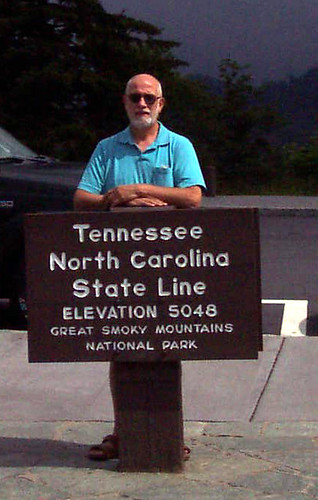From the time I arrived in Yuma, I have been hearing about Yuma Landing and Yuma Crossing. The phrases seemed to be interchangeable. Then one evening, Peggy and Mike and some friends took me to Yuma Landing. It is a restaurant. It is built on the site of the first airplane landing in Yuma. It was one of those early biplanes and had to be pushed up the hill so it could take a lot of using the speed of the downhill run. The restaurant is decorated with lots of photos of the era. The next day Peggy and Mike took me to Yuma Crossing. It's in the same neighborhood as the Landing.
However, those two are not related in any way. Yuma Crossing is the historic Park which has been established at this site off the Colorado River Crossing. The mighty Colorado, before it was dammed to death, was an obstacle to transportation East and West. Long before the arrival of the Spanish, the Indians had discovered this ford. The river at this point is divided into three channels flowing around two islands. The river was shallow and men could walk across from island to island. This became critical when the Army established a Fort at Yuma. Supplies could be brought up the Colorado from the Gulf of California and offloaded at Yuma. When the transcontinental railroad was built, a railroad bridge was built over the Colorado at the same site. Later, the last link in an ocean to ocean road was the highway bridge built over the Colorado right next to the railroad bridge. Thus, Yuma Crossing is really a Crossing of the Colorado at Yuma.
The other very interesting thing at that state Park is the Yuma Main Canal Inverted Siphon. Around 1905, the federal government became interested in making the desert bloom. They decided to build a dam on the Colorado called the Laguna dam. It was a good place to build the dam (and steal 90% of the Colorado water) but difficult to deliver the water to the Yuma area. The Gila River flows across Arizona and into the Colorado between the Laguna dam and Yuma. The erratic flooding of the Gila made it impossible to carry the water to Yuma. So an engineering marvel was devised. The water was sent from the dam down the California side (West side) to a point opposite the Yuma Crossing. Then site was built to carry the water and 90 feet down on the California side across under the Colorado River and back up 90 feet where it dumps into the Yuma Main Canal. So the siphon is U-shaped but goes under the river instead of over it!
They had a 1930 model AA truck (so like Vickie's) on display and in running order! And then there were the railroad trucks exactly like those used in Charlestown when I was a paperboy in the papers were delivered to the railroad station. Some of you might remember those hand trucks!
I really enjoyed this and we only left because Peggy and I were hungry. We had not planned this excursion so we didn't have my camera or the crackers so necessary for a Safari!
We leave Yuma tomorrow for points East!
Subscribe to:
Post Comments (Atom)

No comments:
Post a Comment